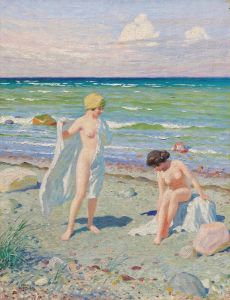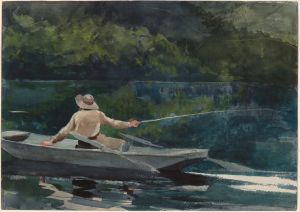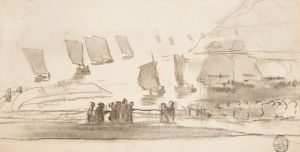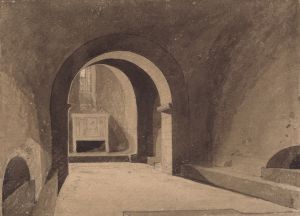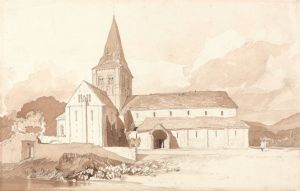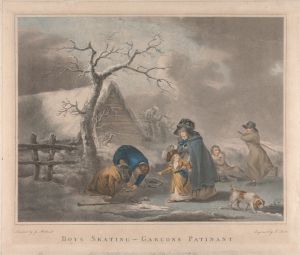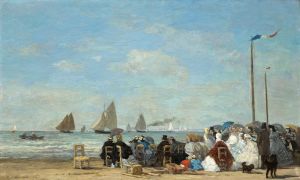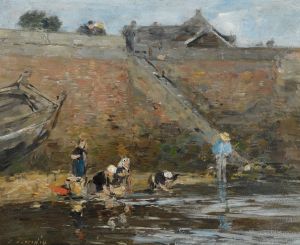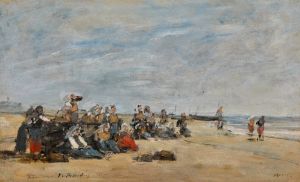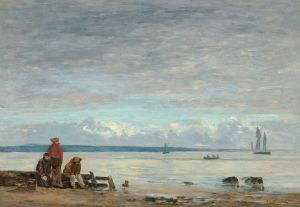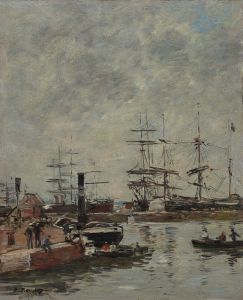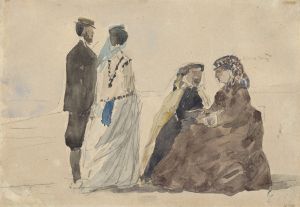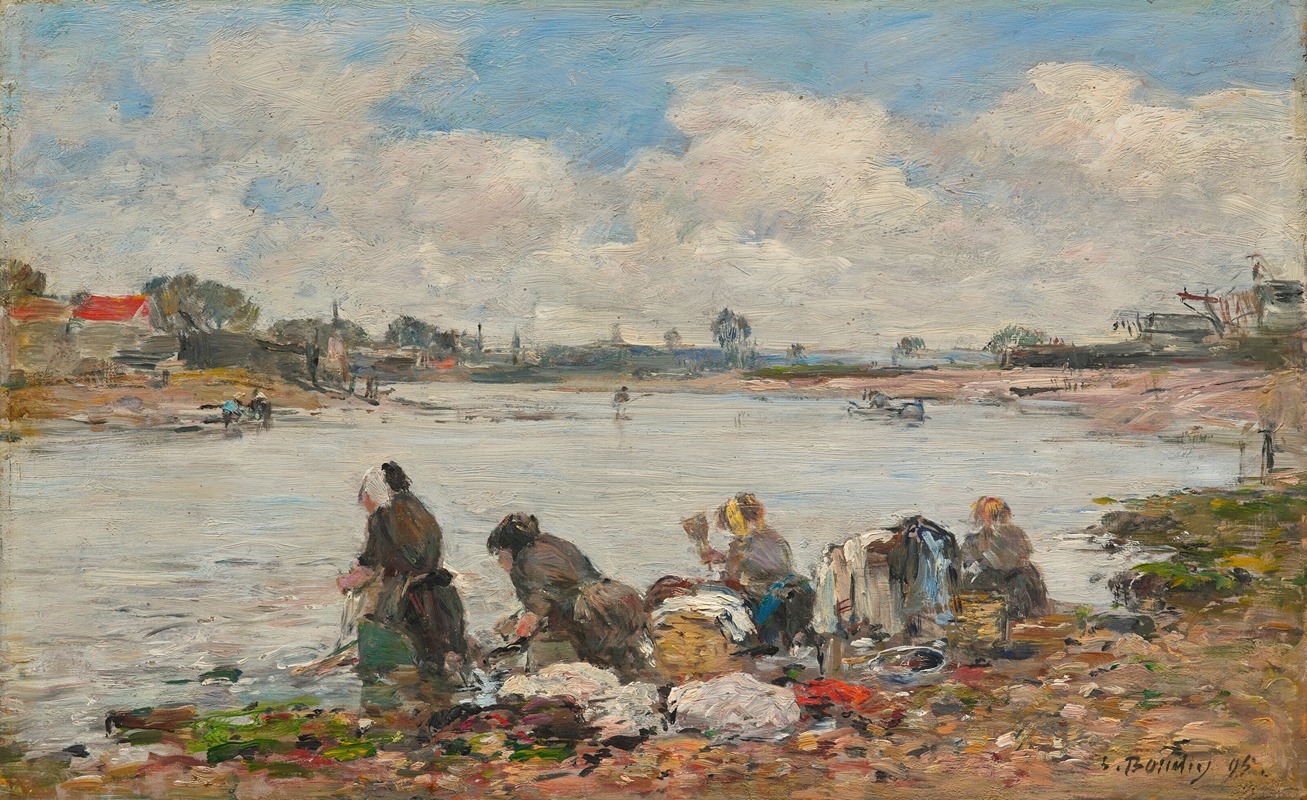
Laveuses au bord de la Touques
A hand-painted replica of Eugène Boudin’s masterpiece Laveuses au bord de la Touques, meticulously crafted by professional artists to capture the true essence of the original. Each piece is created with museum-quality canvas and rare mineral pigments, carefully painted by experienced artists with delicate brushstrokes and rich, layered colors to perfectly recreate the texture of the original artwork. Unlike machine-printed reproductions, this hand-painted version brings the painting to life, infused with the artist’s emotions and skill in every stroke. Whether for personal collection or home decoration, it instantly elevates the artistic atmosphere of any space.
Eugène Boudin's painting Laveuses au bord de la Touques (translated as Washerwomen on the Banks of the Touques) is a work by the renowned French artist, who is often celebrated as one of the precursors of Impressionism. Boudin, born in 1824 in Honfleur, Normandy, was known for his depictions of landscapes, coastal scenes, and everyday life, often capturing the interplay of light and atmosphere with remarkable sensitivity.
This particular painting portrays washerwomen working along the banks of the Touques River, a waterway in Normandy that flows into the English Channel. The scene reflects Boudin's interest in depicting the daily lives of ordinary people, a theme that recurs in many of his works. The washerwomen are shown engaged in their labor, surrounded by the natural beauty of the river and its surroundings. The composition emphasizes the harmony between human activity and the landscape, a hallmark of Boudin's artistic approach.
Boudin's technique in Laveuses au bord de la Touques demonstrates his mastery of capturing light and atmosphere. The brushwork is loose yet precise, allowing the viewer to sense the movement of the water and the textures of the environment. His use of color is subtle, with soft tones that evoke the natural light of the scene. This attention to atmospheric effects was a significant influence on the Impressionist movement, and artists such as Claude Monet, who admired Boudin's work, were inspired by his ability to render the ephemeral qualities of nature.
The painting is also notable for its documentation of rural life in 19th-century France. Washerwomen were a common sight along rivers and streams during this period, as laundry was traditionally done by hand in natural water sources. By choosing this subject, Boudin not only captured a moment of everyday life but also provided a glimpse into the social and cultural practices of his time.
While the exact date of the painting is not specified, it is consistent with Boudin's broader body of work, which often focused on scenes from Normandy and other coastal regions. His dedication to plein air painting—working outdoors to directly observe and capture the effects of light and weather—allowed him to create works that feel immediate and true to life.
Today, Laveuses au bord de la Touques is recognized as an example of Boudin's contribution to the development of modern art. His ability to blend realism with an emerging impressionistic sensibility has secured his place as a pivotal figure in 19th-century French painting. The painting is held in a private or public collection, depending on its current ownership, and continues to be appreciated for its artistic and historical significance.





